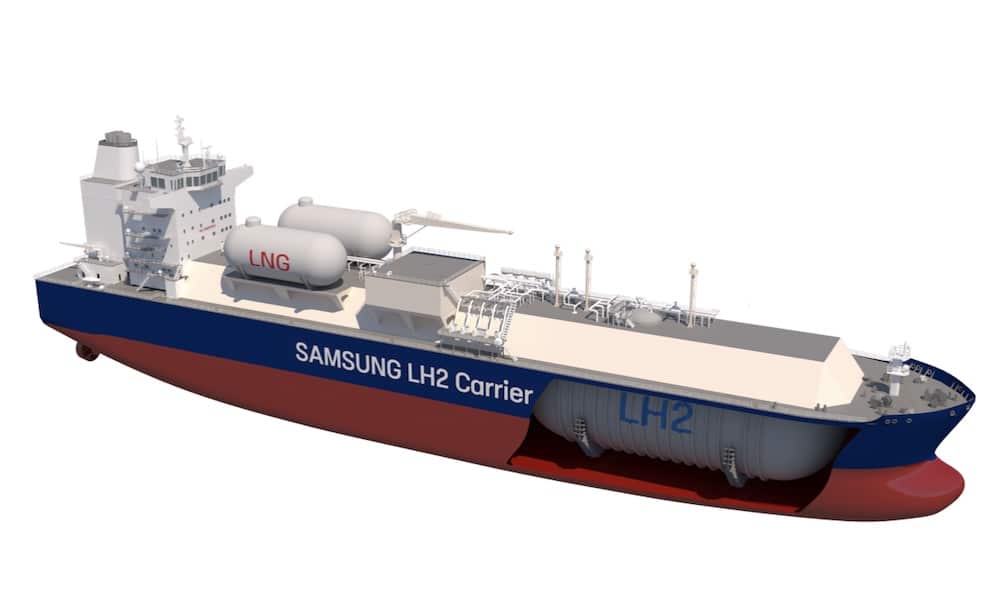Can hydrogen make good on its clean energy potential?
Hydrogen Sector Faces Challenges Amidst Ambitious Goals

The hydrogen industry is experiencing a pivotal moment as it grapples with the transition from ambition to execution. According to a recent report by Maritime Strategies International (MSI), titled “Patchwork Progress,” the sector is encountering significant hurdles in scaling up clean hydrogen production. While there are signs of progress in certain areas, the overall momentum has been slower than anticipated, raising concerns about the future viability of hydrogen as a mainstream alternative fuel.
Uneven Growth and Regulatory Challenges
In recent years, the perception of clean hydrogen has evolved. Initially hailed as a revolutionary alternative to fossil fuels, it is now increasingly seen as a strategic solution for sectors that are difficult to decarbonize. The MSI report highlights that while there has been some progress, the transition remains uneven across different regions and industries. The global economic landscape has influenced investment strategies, leading to a notable shift in focus from green hydrogen to blue hydrogen, primarily due to the high costs associated with renewable energy and electrolysis technology.
Despite facing project cancellations and regulatory uncertainties, there are pockets of advancement, particularly with the emergence of three “green corridors” in the first half of this year. However, many projects backed by credible developers are experiencing target reductions and production delays. The past six months have underscored both the opportunities and persistent barriers to scaling the green hydrogen economy. While there is increasing pressure to support low-carbon sources, challenges such as high costs and the need for reliable demand continue to hinder progress.
MAN to Investigate Engine Concepts for Maritime Hydrogen Applications
Key sectors, including fertilizers, shipping, and green iron and steel, are beginning to show signs of progress, aided by government subsidies and incentive programs. However, the coming months will be crucial in determining which projects will successfully advance, especially as major economies, including the United States, reconsider their clean energy support strategies. Even with potential regulatory adjustments to make hydrogen more competitive, the demand for hydrogen is expected to grow slowly, indicating a period of recalibration for the industry.
Regional Disparities and Future Prospects
The hydrogen and ammonia sectors are facing significant regional disparities that could impact the shipping industry. While pilot projects and agreements are fostering some progress, the shipping sector alone cannot generate sufficient demand to stimulate the hydrogen market or close the cost gap associated with green fuels. Export availability from key regions is falling short of earlier expectations, particularly in Australia and the United States. In Australia, approximately 80% of proposed projects have been abandoned, reflecting a dramatic collapse in confidence, while the U.S. has seen a reduction in support for green hydrogen production due to changes in legislation.
Conversely, India is emerging as a bright spot in the hydrogen landscape, achieving remarkably low costs for green ammonia production. With prices nearing parity with traditional grey ammonia, this trend is expected to become more common by 2030. However, while this price parity benefits fertilizer producers, it poses challenges for fuel consumers, as the costs for ammonia as a fuel remain high. This situation underscores the need for subsidies to support the use of green fuels in shipping, as well as the importance of regulatory frameworks like FuelEU and IMO regulations.
